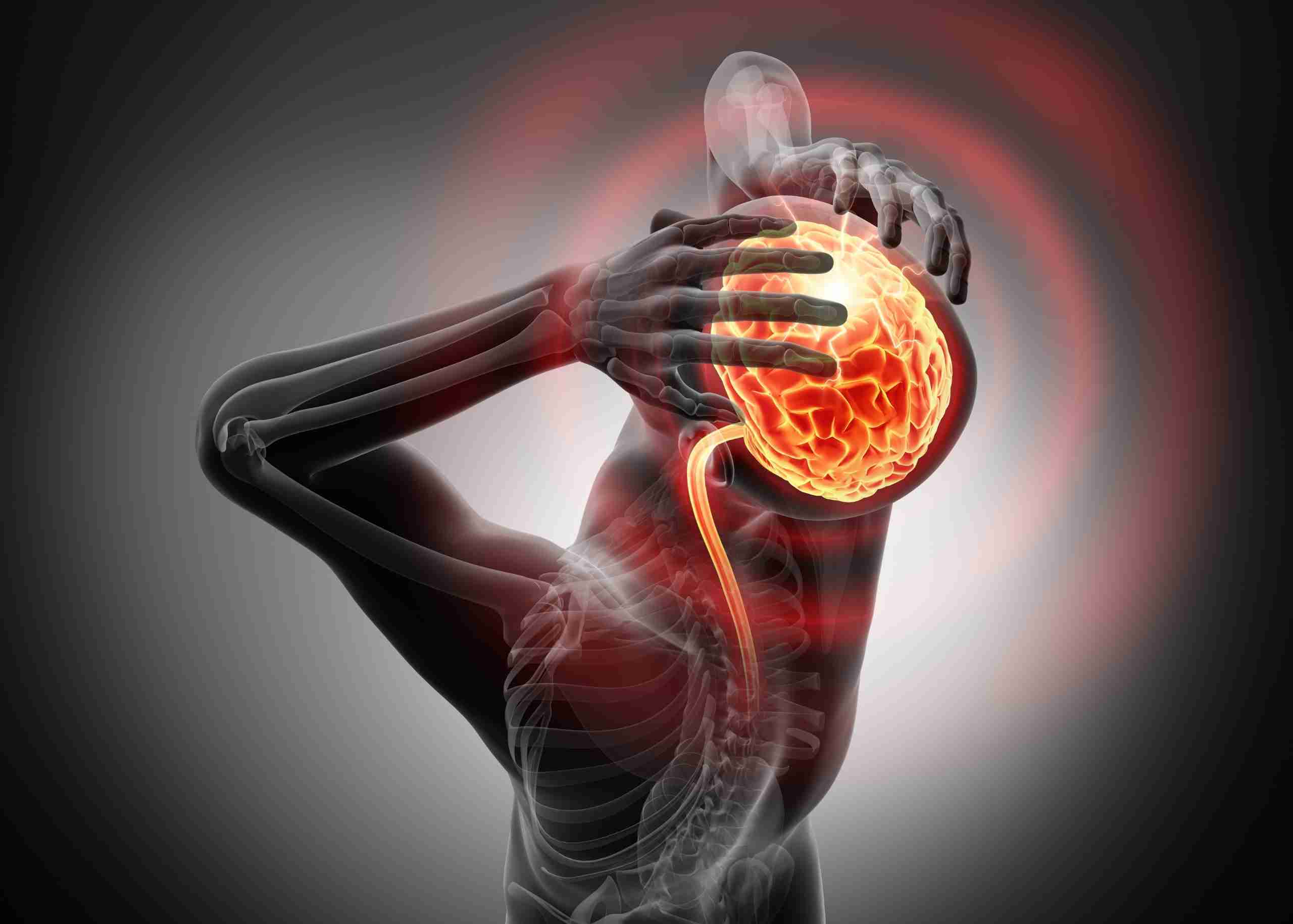
Intracranial Hypertension Syndrome is a condition where pressure inside the skull increases, leading to various neurological symptoms. While it’s relatively rare, understanding its causes, symptoms, and treatments is crucial for those affected. This syndrome can result from known factors like head injuries, strokes, or tumors, but sometimes, the cause remains unknown, termed idiopathic intracranial hypertension (IIH). Symptoms range from severe headaches and visual disturbances to nausea and fatigue. Early diagnosis and treatment are vital to prevent complications like permanent vision loss. This article will explore 20 essential facts about this condition, shedding light on its complexities and management strategies.
Key Takeaways:
- Intracranial Hypertension Syndrome, also known as increased intracranial pressure (ICP), can cause severe headaches, vision changes, and nausea. It's important to seek medical attention if you experience these symptoms.
- Factors like obesity, high vitamin A levels, and certain medications can increase the risk of developing intracranial hypertension. Maintaining a healthy lifestyle and discussing medication concerns with a doctor can help reduce the risk.
Understanding Intracranial Hypertension Syndrome
Intracranial Hypertension Syndrome, also known as increased intracranial pressure (ICP), is a condition where pressure inside the skull rises. This can lead to various symptoms and complications. Let's explore some key facts about this condition.
-
Definition and Prevalence
Intracranial hypertension is characterized by elevated pressure within the skull. It's relatively rare, with idiopathic intracranial hypertension (IIH) affecting about one per 100,000 people annually. -
Causes of Intracranial Hypertension
Causes can be divided into known and unknown. Known causes include severe head injuries, strokes, blood clots, and tumors. Idiopathic intracranial hypertension has no known cause.
Symptoms of Intracranial Hypertension
Symptoms can vary widely, depending on the severity and underlying cause. Here are some common ones:
-
Severe Headaches
Often described as persistent and severe, these headaches can be felt in the front of the head or behind the eyes. -
Visual Disturbances
Changes in vision, such as seeing double, blind spots, or loss of peripheral vision, are common. -
Nausea and Vomiting
Some patients may experience nausea and vomiting due to the increased pressure. -
Tinnitus
Ringing in the ears is another symptom that can occur. -
Neck and Shoulder Pain
Pain in the neck and shoulders is often reported by those with intracranial hypertension. -
Fatigue
A general feeling of tiredness or weakness is common among patients.
Risk Factors for Intracranial Hypertension
Certain factors can increase the risk of developing this condition. Let's look at some of them:
-
Obesity
Being overweight or obese is a significant risk factor, especially for women. -
Hypervitaminosis A
High levels of vitamin A can contribute to the development of IIH. -
Tetracyclines
Certain medications, like tetracyclines, may trigger the condition.
Diagnosing Intracranial Hypertension
Diagnosing this condition involves a combination of clinical evaluation and diagnostic tests. Here’s how it’s done:
-
Clinical Evaluation
A thorough medical history and physical examination are essential first steps. -
Neuroimaging Studies
CT and MRI scans help rule out other potential causes like brain tumors. -
Intracranial Pressure Measurement
A lumbar puncture measures cerebrospinal fluid (CSF) pressure. Elevated CSF pressure greater than 250 mm H2O in adults and 200 mm H2O in children generally signifies increased ICP.
Diagnostic Criteria for Idiopathic Intracranial Hypertension
For IIH, the diagnosis is based on the absence of other causes for increased intracranial pressure. Key criteria include:
-
Symptoms
Persistent severe headache, visual disturbances, and other neurological symptoms are key indicators. -
Lumbar Puncture
High opening pressure without evidence of infection or other abnormalities is a crucial diagnostic criterion. -
Brain Imaging
Normal brain imaging studies help rule out other conditions like tumors.
Complications and Treatment Options
If left untreated, intracranial hypertension can lead to serious complications. Here’s what you need to know:
-
Permanent Visual Loss
Elevated CSF pressure can cause permanent damage to the optic nerve, resulting in vision loss. -
Seizures and Coma
In severe cases, increased intracranial pressure can lead to seizures or coma. -
Treatment Options
Treatment depends on the underlying cause and severity. Options include lifestyle changes, medications like acetazolamide, and minimally invasive surgeries such as optic nerve sheath fenestration or shunt placement.
Final Thoughts on Intracranial Hypertension Syndrome
Intracranial hypertension syndrome is a serious condition that demands attention. Recognizing symptoms like severe headaches, visual disturbances, and nausea can lead to early diagnosis and better outcomes. Risk factors such as obesity and certain medications play a significant role, especially in idiopathic cases. Diagnosis involves clinical evaluation, neuroimaging, and lumbar puncture to measure cerebrospinal fluid pressure. Treatment varies from lifestyle changes and medications to surgical interventions in severe cases. Early recognition and interprofessional collaboration among healthcare providers are crucial in managing this condition effectively. Future research aims to improve diagnostic techniques and personalize treatment plans. Understanding and addressing intracranial hypertension can significantly enhance patients' quality of life and prevent severe complications like permanent vision loss or seizures. Stay informed and proactive in managing health to combat this challenging condition.
Frequently Asked Questions
Was this page helpful?
Our commitment to delivering trustworthy and engaging content is at the heart of what we do. Each fact on our site is contributed by real users like you, bringing a wealth of diverse insights and information. To ensure the highest standards of accuracy and reliability, our dedicated editors meticulously review each submission. This process guarantees that the facts we share are not only fascinating but also credible. Trust in our commitment to quality and authenticity as you explore and learn with us.


